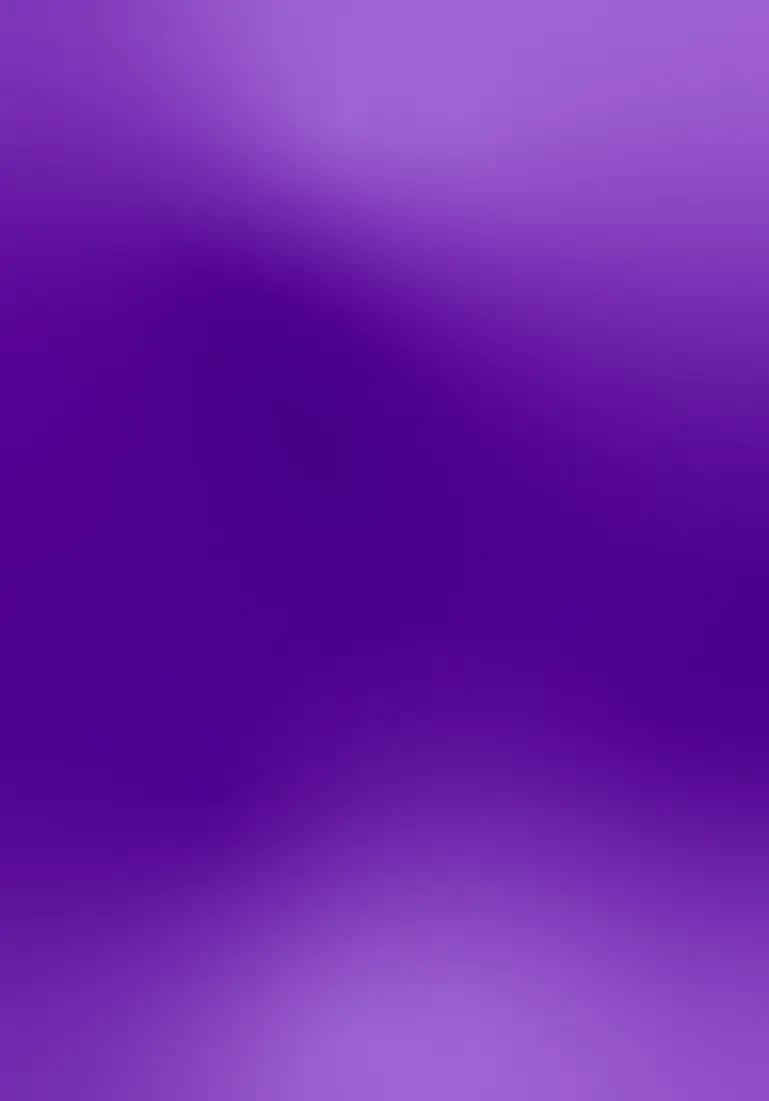

Concerto in D for flute and orchestra Arrangement, presumably by Wolfgang Amadé Mozart, after the Concerto in C for oboe and orchestra KV 314
sorted in:



Concerto in D for flute and orchestra Arrangement, presumably by Wolfgang Amadé Mozart, after the Concerto in C for oboe and orchestra KV 314
sorted in:
In Mozart’s time, the concerto for solo instrument and orchestra was the most common musical genre for showcasing the abilities of virtuoso performers in public. Given its importance in Mozart’s creative output, the concertos for one or two keyboard instruments and orchestra are treated as a separate group (Work Group 15). Mozart composed his concertos with specific performers in mind. During his Salzburg years, these were usually colleagues in the Prince-Archbishop’s chapel; however, it is known that Mozart performed his own violin concertos both in Salzburg and during his journey to Mannheim and Paris. In Vienna, he also wrote works for musical friends, such as the horn player Joseph Leitgeb and the clarinetist Anton Stadler. Mozart’s completed concertos always follow a three-movement structure, with a slow middle movement in a related key. The final movement is often in rondo form. Mozart composed solo concertos for bassoon, flute, oboe, clarinet, horn, and violin, and possibly also for cello. The few surviving single movements are mostly replacement pieces for original concerto movements that Mozart considered musically outdated. Some orchestral serenades from the Salzburg years include concertante movements or short concertos, mostly for violin.
Autograph, 1778
Abschrift, 1780-1800
Concerto in D/ a/ Flauto principale/ Due Violini/ Due Oboe/ Due Corni/ Viola/ e/ Basso./ del Signore Wolfgango Mozart.
Stimmen: 89 S.
Abschrift
Concerto in D./ a/ Flauto Principale./ Due Violini/ Due Oboe/ Corni/ Viola/ e/ Basso/ Del Signore Wolfgang Mozart
Partitur
Abschrift
[Kopftitel?: ] Konzert.
Partitur
Abschrift
Concerto in D/ a/ Flauto Principale/ Due Violini/ Due Oboi/ Due Corni/ Viola & Basso/ del/ W: A:Mozart./ comp. 1778.
Partitur: 42 S.
Abschrift
Concerto per il Flauto. D#/ avec accompagnimento [!]/ d'Orchestra/ composta del Sigr:e/ W. Amadeo Mozart.
Partitur: 38 S.
Abschrift
Concerto pour le Cor Eb#/ compose pour M: Leitgeb, le 26 Juin 1786/ par/ W: A. Mozart.
Partitur